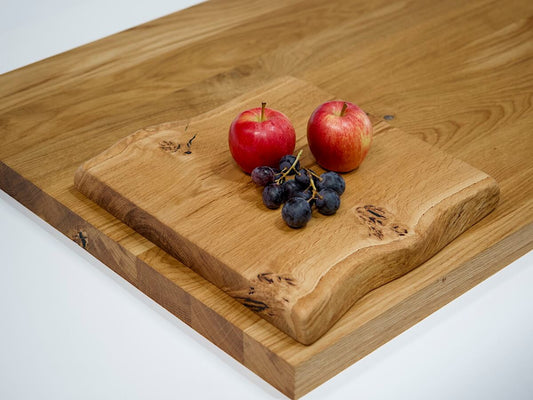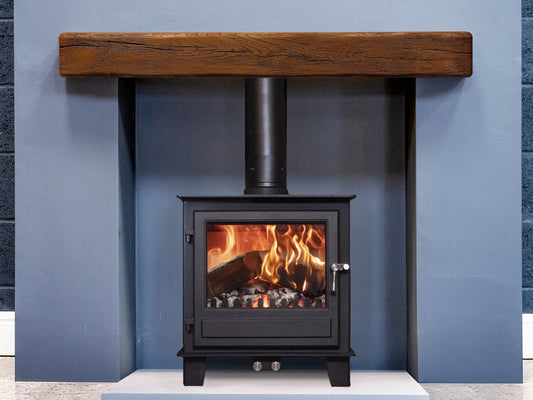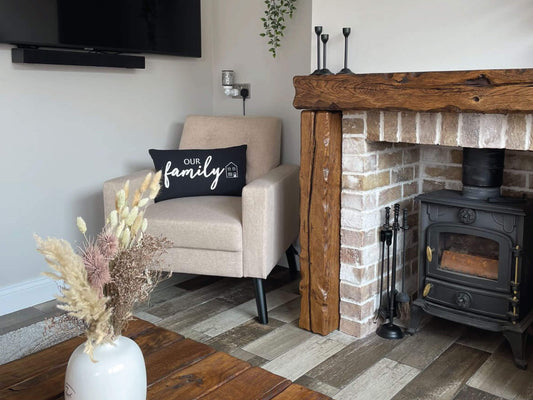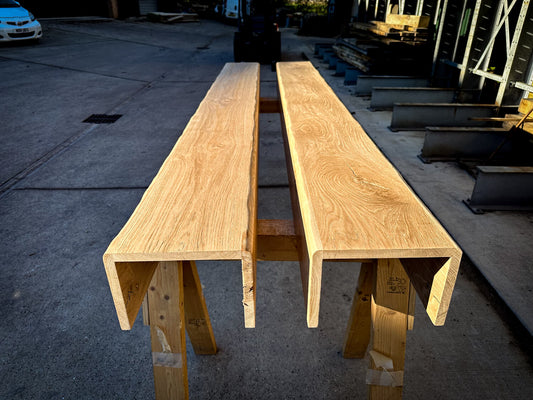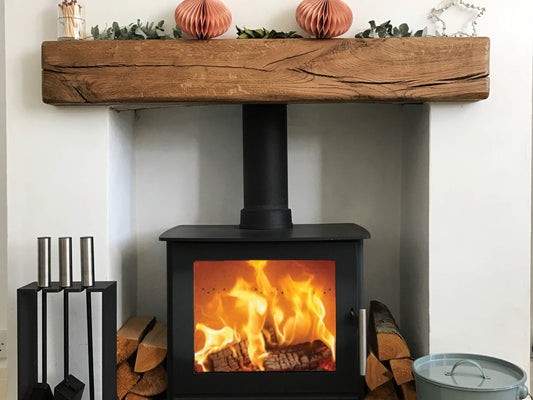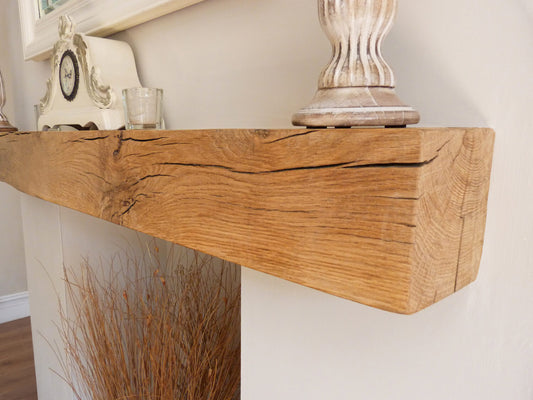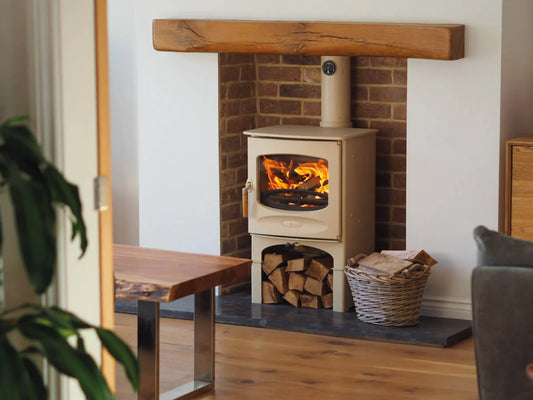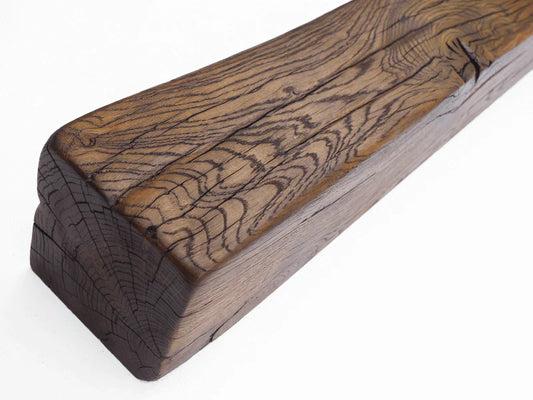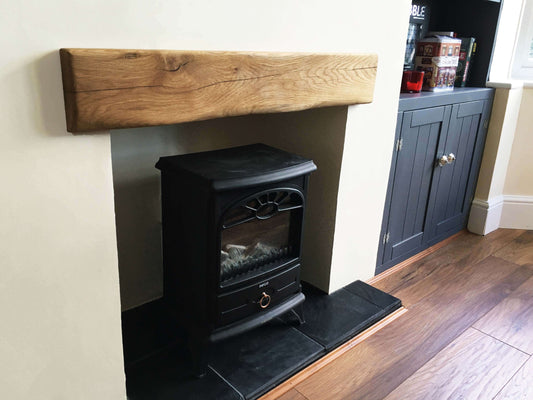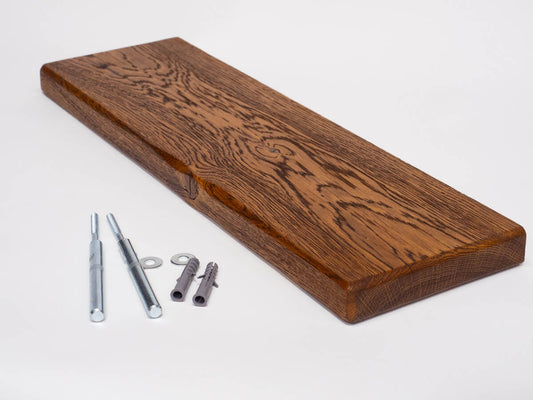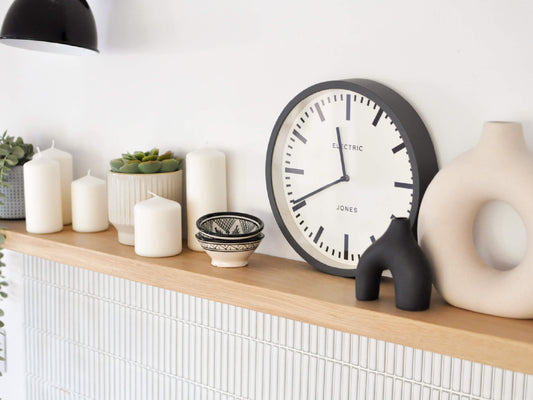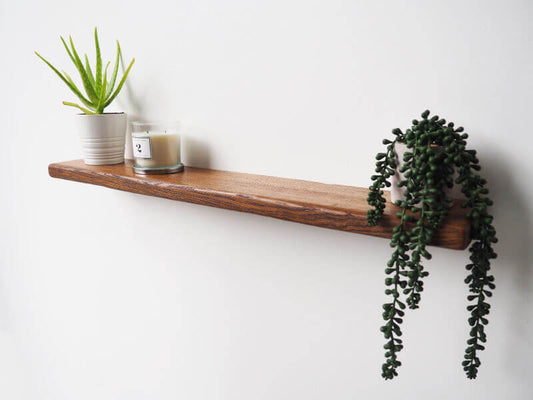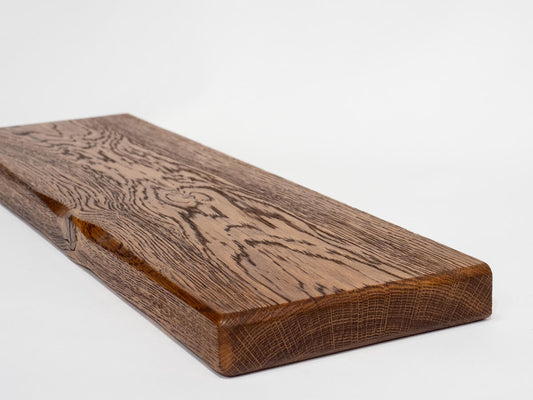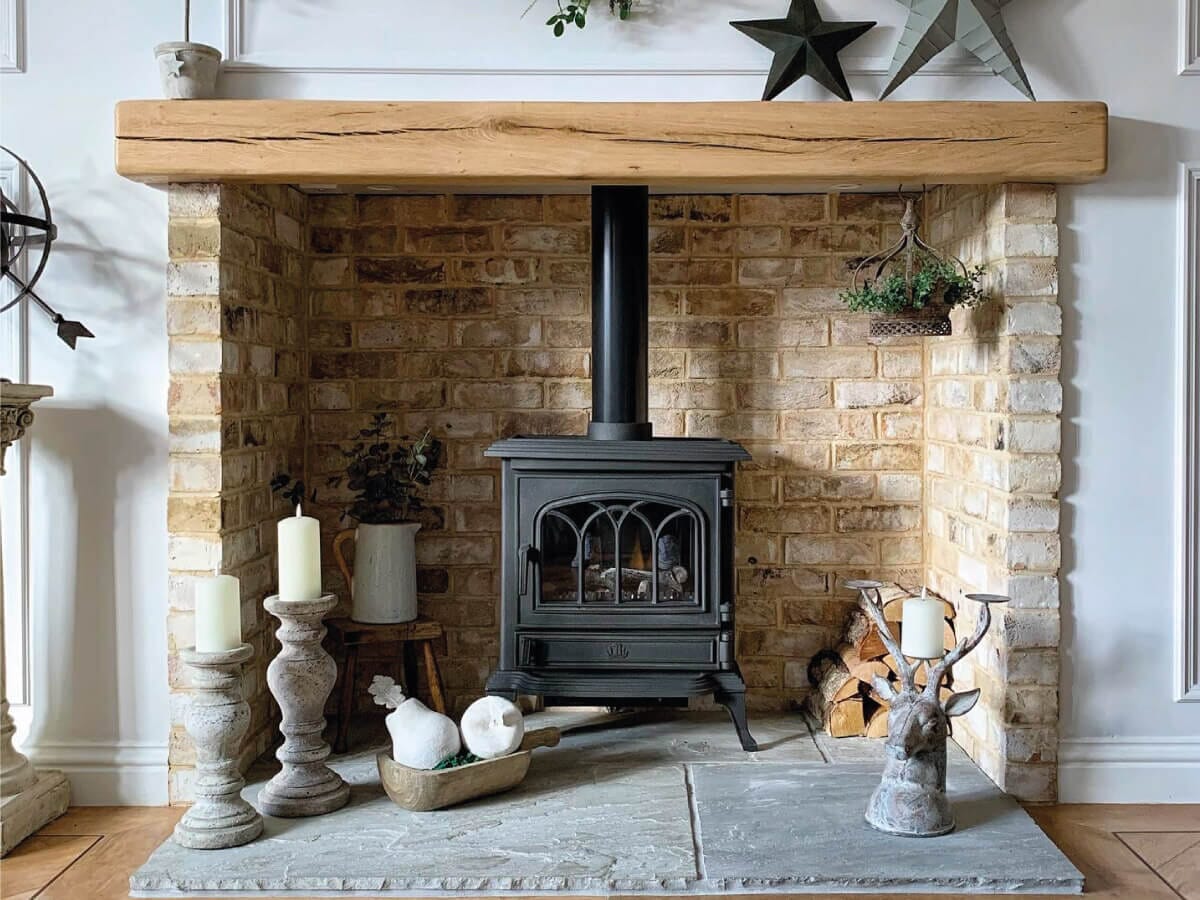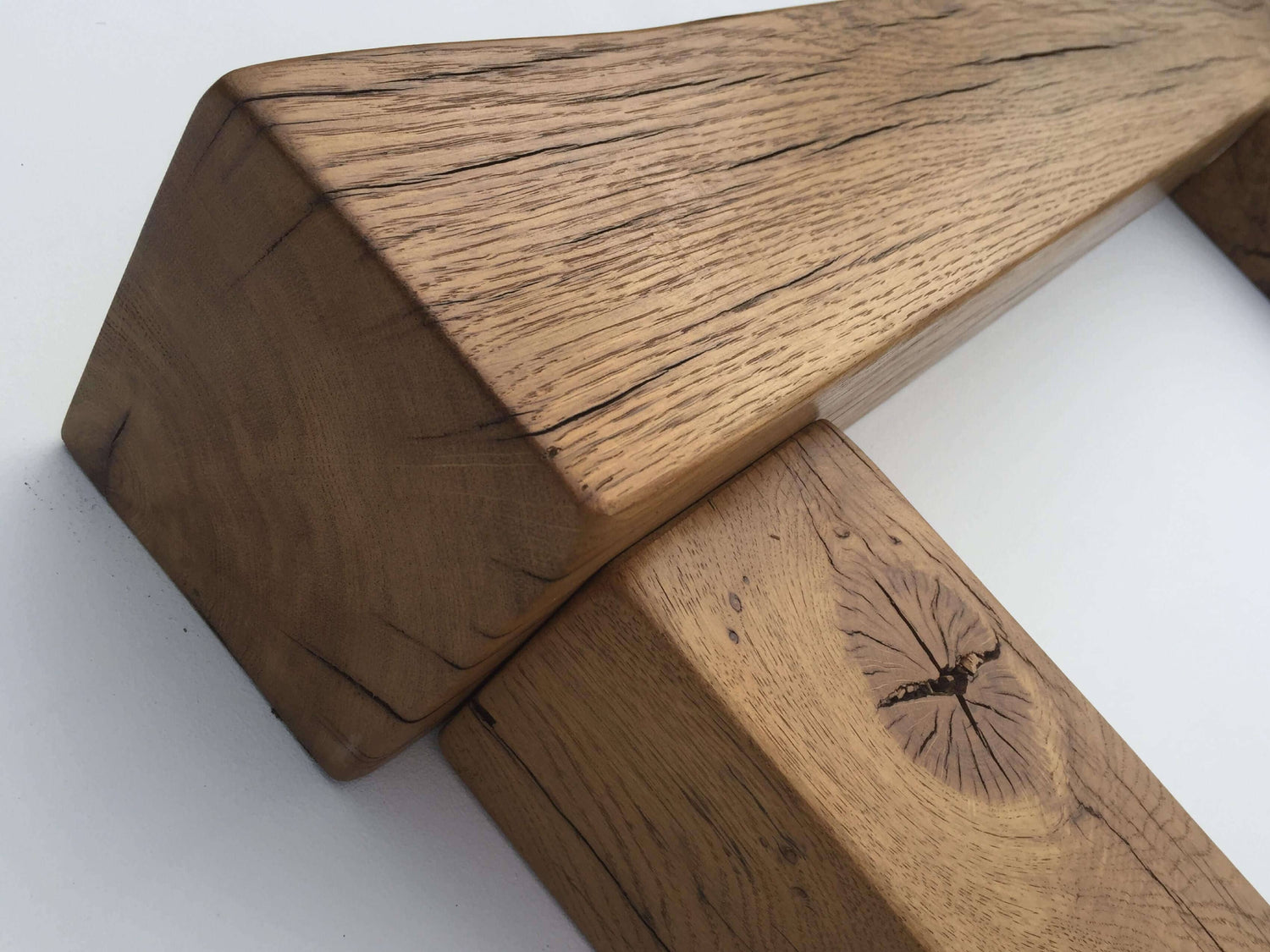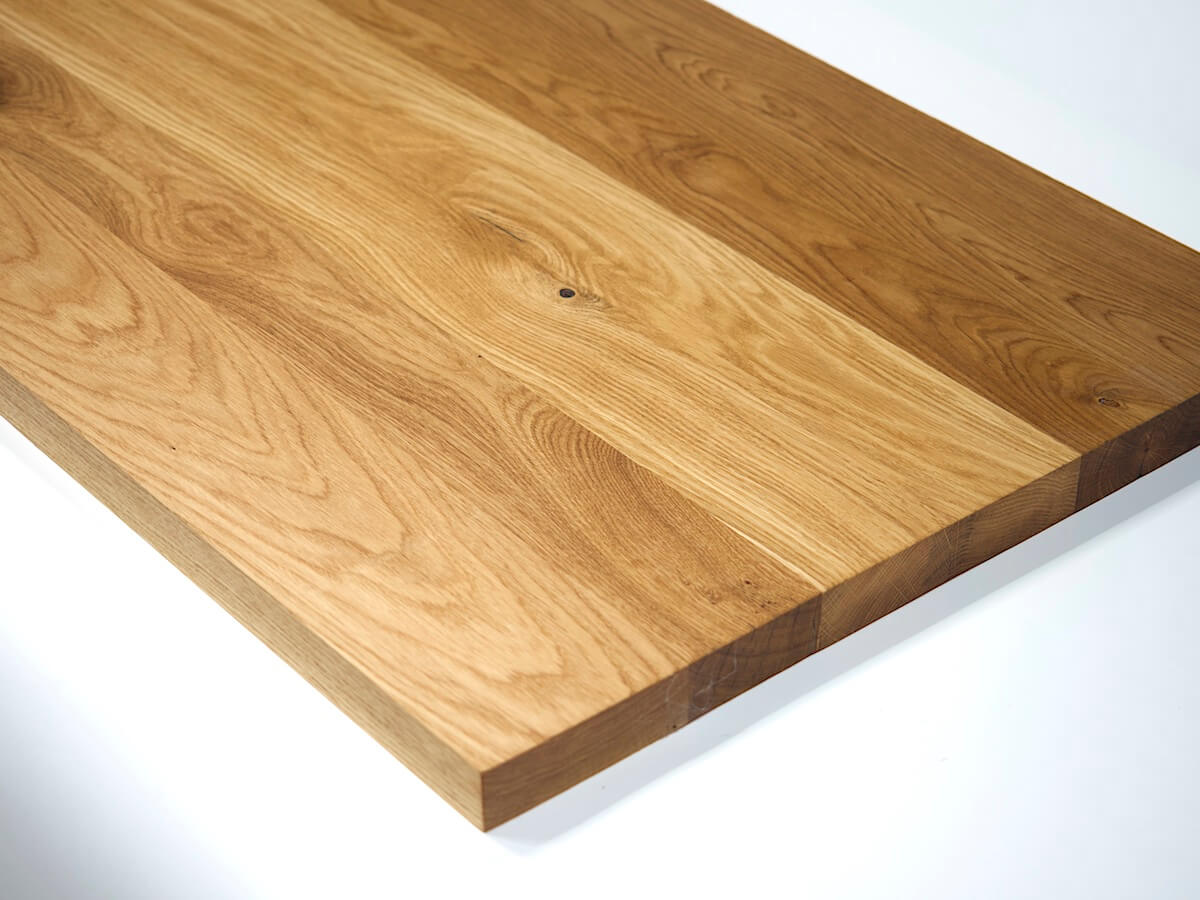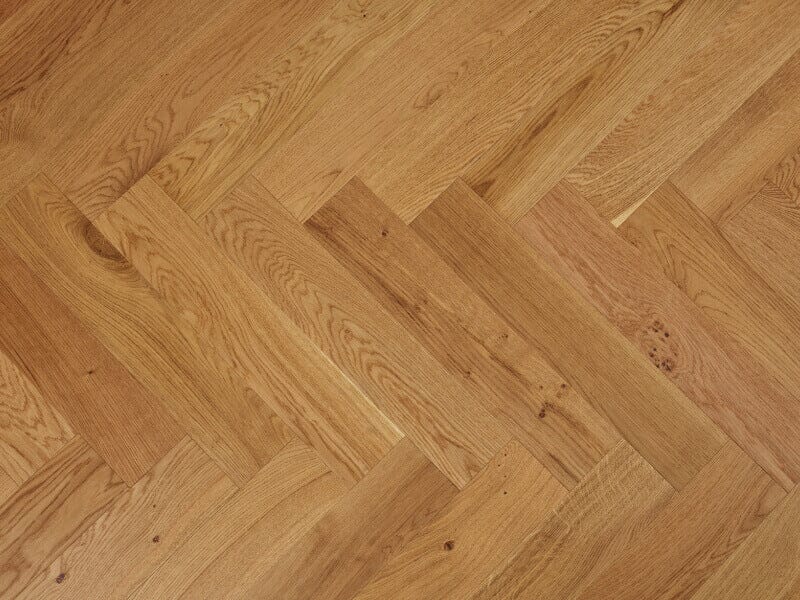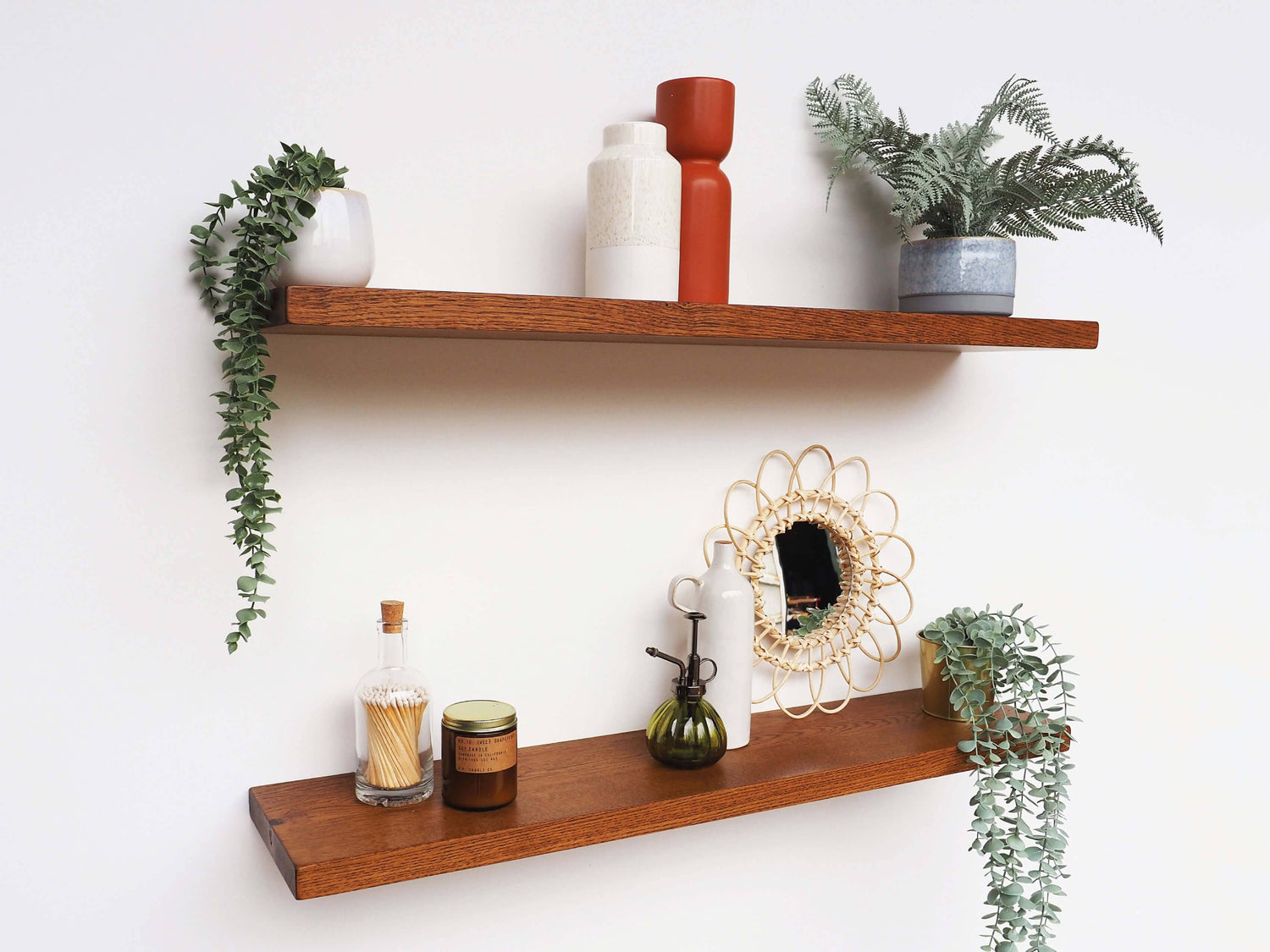
What you always wanted to know about Britain’s oldest tree
Share
Here at Traditional Beams, we focus most of our time and efforts on crafting wood into good quality products, such as oak beams or oak mantels, that you can purchase for your home. This is our passion, our raison d’être, if you like.
But our love of wood doesn’t end there. Not only do we adore the beauty of natural wood and the effect it creates when it’s added to any home, we’re also interested in trees. Actually, we’re obsessed with them.
And Britain’s oldest tree is no exception. Here are some fascinating facts about Britain’s oldest tree…
It’s thought to be up to 5,000 years old
The Fortingall Yew, in Perthshire, Scotland, is thought to be one of the oldest living organisms in Europe.
A lot has happened in the last 5,000 years and if it’s as old as experts think it is, this tree has been there through it all. It was alive when the Roman’s came to Britain. It was even alive before Jesus was born. And it’s still there now.
Amazing.
Could it be undergoing a “sex change”?
A couple of years ago, it was reported that The Fortingall Yew, which had thus far been recorded as a male tree, had berries visible on one branch. Berries only appear on female yew trees.
Although this isn’t particularly unusual for yew trees (another fascinating tree fact!), it makes this particular tree’s long life even more interesting.
Not only has it lived for such a long time, it’s also been both male and female.
See, we told you that trees were interesting.
Tree growth accelerates with age
A recent study found that, contrary to popular belief, trees actually accelerate their growth as they get older.
Imagine if human beings carried on growing, past our teenage years and on into our thirties and forties and beyond…we’d have to make some much bigger oak beams for giant houses!
Old trees are often found in churchyards…
These trees are obviously much older than the churches themselves, and Britain’s oldest tree is clearly no exception. So why are they so often found next to churches? It is believed that they were put there to mark places that were thought to be sacred, pre-Christianity.
We hope you’re starting to see why we find trees so fascinating.
Here at Traditional Beams, we source all of our oak from properly managed sustainable European woodland. Whenever you’re buying anything made of wood, make sure that the supplier is using sustainable wood or you could be putting the world’s trees at risk.
If you are looking to purchase any oak beams, mantels or oak floating shelves for your home, why not have a browse around our online shop and take your pick from the range of products we have available. Some items are in the sale so you might even find a bargain!

